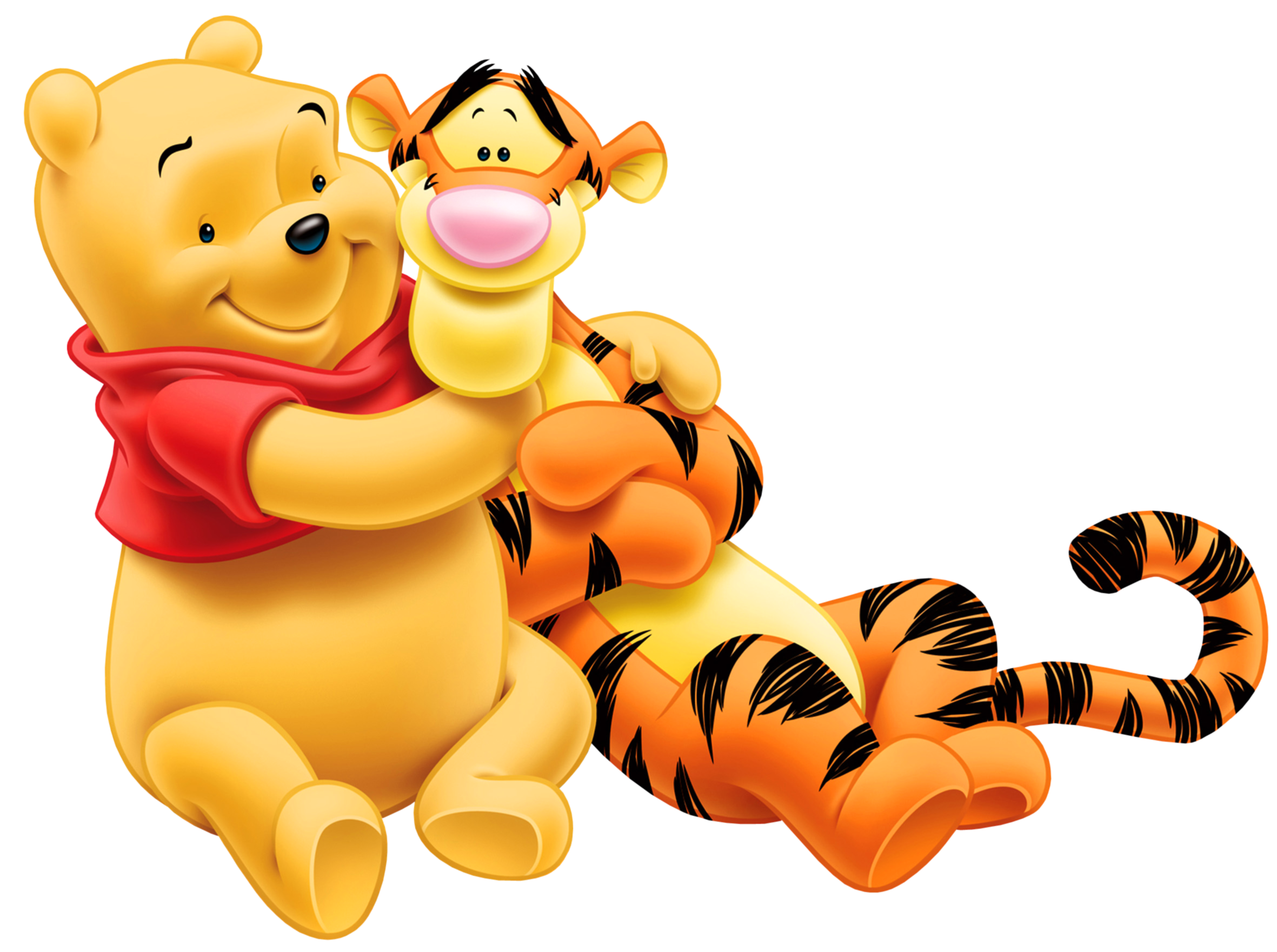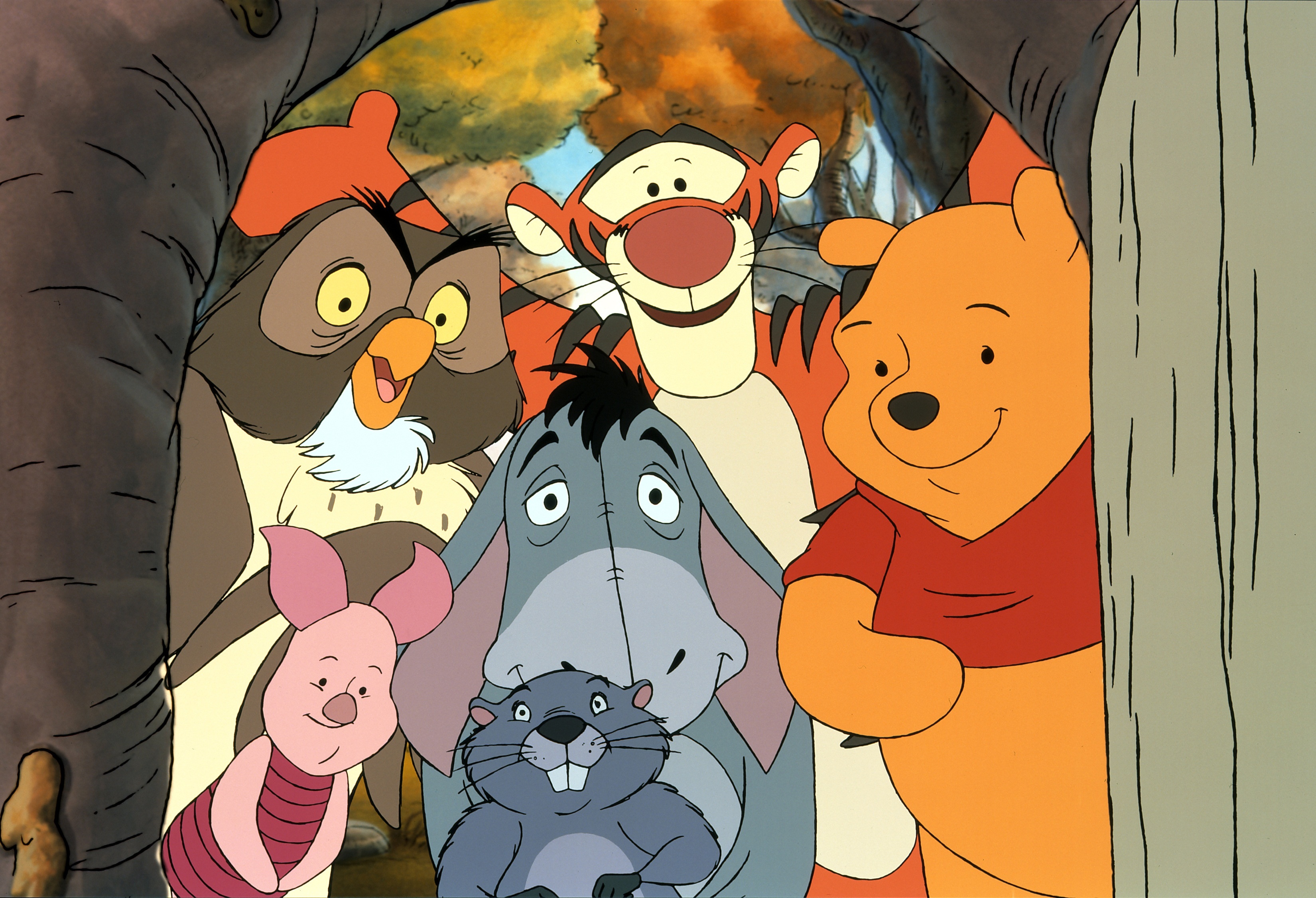Winnie the Pooh’s Character and Story

Winnie the Pooh is a fictional anthropomorphic teddy bear created by A. A. Milne. He is characterized by his love of honey, his silly and lovable personality, and his close friendships with the other characters in the Hundred Acre Wood.
Winnie the Pooh, the cuddly and honey-loving bear, found himself lost in the Hundred Acre Wood. As he wandered aimlessly, he stumbled upon a curious website called rihanna tomorrow. Intrigued, Pooh clicked on the link, unaware of the adventure that awaited him.
But as he delved deeper into the site, his thoughts drifted back to his friends and the comfort of his home. Pooh closed the website and continued his journey, his heart filled with a newfound longing for his familiar surroundings.
The Winnie the Pooh stories are set in the Hundred Acre Wood, a magical forest inhabited by a variety of talking animals. The stories follow the adventures of Pooh and his friends as they explore the forest, have picnics, and play games. The stories are full of humor, kindness, and friendship, and they have been enjoyed by generations of children and adults.
Winnie the Pooh, the lovable bear, enjoyed honey with his friends in the Hundred Acre Wood. One day, as he hummed a tune, it reminded him of the sultry melodies of Rihanna. He listened to rihanna songs and swayed to their rhythms, feeling a sweetness that rivaled the taste of honey.
The Hundred Acre Wood was filled with a symphony of Winnie’s humming and Rihanna’s beats, creating a magical atmosphere.
Winnie the Pooh’s Personality
Winnie the Pooh is a kind and gentle bear. He is always willing to help his friends, and he loves to make them laugh. Pooh is also very curious and adventurous, and he loves to explore the Hundred Acre Wood.
Winnie the Pooh’s Appearance
Winnie the Pooh is a large, plump bear with a round belly and a honey-colored fur. He wears a red shirt and a pair of blue shorts. Pooh is also known for his love of honey, and he often carries a honey pot with him.
Winnie the Pooh, the beloved honey-loving bear, has captured hearts worldwide. However, there’s a lesser-known marsupial version of the iconic character, discovered by a wildlife photographer in Australia. Marsupial Winnie the Pooh shares the original’s sweet demeanor but possesses a unique pouch that houses her young.
Despite this difference, the spirit of kindness and friendship that defines Winnie the Pooh remains unchanged, proving that love and adventure can come in many forms.
Winnie the Pooh’s Friends
Winnie the Pooh has a close group of friends who live in the Hundred Acre Wood. These friends include Piglet, Tigger, Rabbit, Owl, and Eeyore. Pooh and his friends love to spend time together, and they often go on adventures in the forest.
The Main Themes of the Winnie the Pooh Stories
The Winnie the Pooh stories are full of important themes, such as friendship, kindness, and adventure. The stories teach children the importance of being a good friend, being kind to others, and always being open to new experiences.
Winnie the Pooh in Popular Culture

Winnie the Pooh has become a beloved character in popular culture, appearing in numerous books, films, television shows, and merchandise. The character’s enduring popularity can be attributed to several factors, including its timeless themes of friendship, loyalty, and imagination, as well as its relatable characters and charming setting.
Books, Winnie the pooh
Winnie the Pooh first appeared in A.A. Milne’s 1926 children’s book, Winnie-the-Pooh. The book was an instant success and has since been translated into more than 50 languages. Milne wrote a sequel, The House at Pooh Corner, in 1928. The two books have been adapted into numerous films, television shows, and stage productions.
Films
The first Winnie the Pooh film, Winnie the Pooh and the Honey Tree, was released in 1966. The film was a critical and commercial success and was followed by several sequels, including Winnie the Pooh and the Blustery Day (1968), Winnie the Pooh and Tigger Too (1974), and Winnie the Pooh and the Honey Tree (1977). In 2011, Disney released a new Winnie the Pooh film, Winnie the Pooh. The film was a critical and commercial success and was nominated for an Academy Award for Best Animated Feature Film.
Television Shows
Winnie the Pooh has also appeared in several television shows. The first Winnie the Pooh television show, The Many Adventures of Winnie the Pooh, aired on ABC from 1988 to 1991. The show was a critical and commercial success and won several Emmy Awards. In 2001, Disney released a new Winnie the Pooh television show, My Friends Tigger & Pooh. The show aired on Playhouse Disney from 2001 to 2003.
Merchandise
Winnie the Pooh has been featured on a wide range of merchandise, including toys, clothing, books, and home goods. The character’s popularity has also led to the creation of several theme park attractions, including Winnie the Pooh’s Honey Pot at Disneyland and Winnie the Pooh’s Playtime Adventure at Walt Disney World.
Winnie the Pooh’s Educational Value
Winnie the Pooh stories, with their timeless appeal and endearing characters, offer valuable educational lessons that resonate with children and adults alike. These stories subtly impart important life skills, fostering empathy, problem-solving abilities, and social interaction.
Winnie the Pooh’s interactions with his friends in the Hundred Acre Wood showcase the importance of empathy and understanding. Through Pooh’s unconditional love for his friends, children learn to appreciate the unique qualities of others and develop compassion.
Problem-Solving
The stories also highlight the value of problem-solving. When faced with challenges, Pooh and his friends work together, using their creativity and resourcefulness to find solutions. These stories encourage children to think critically and develop problem-solving skills.
Social Interaction
Winnie the Pooh’s stories emphasize the significance of social interaction. The characters’ friendships and their willingness to help each other demonstrate the importance of cooperation and support. Children learn the value of building and maintaining positive relationships.
Winnie the Pooh’s educational value extends beyond these core lessons. The stories also promote values such as kindness, perseverance, and acceptance. Through the endearing characters and their adventures, children are exposed to important life lessons that shape their social, emotional, and intellectual development.
In the whimsical world of Winnie the Pooh, the Honey Tree stands tall, a beacon of sweet sustenance. Just as the Honey Tree nourishes Pooh and his friends, so too does the nyt mini provide nourishment for the mind, offering a daily dose of engaging puzzles and thought-provoking insights.
And as Pooh would happily share his honey with all who ask, the nyt mini invites us to savor its intellectual treats, leaving us both satisfied and eager for more.
Winnie the Pooh, the beloved honey-loving bear, has captivated generations of readers with his adventures in the Hundred Acre Wood. Yet, beyond his playful antics, there lies a hidden connection to the realm of news and current events. Through the nyt connections hint , we can trace a thread that links Pooh’s whimsical world to the intricacies of the modern news landscape.